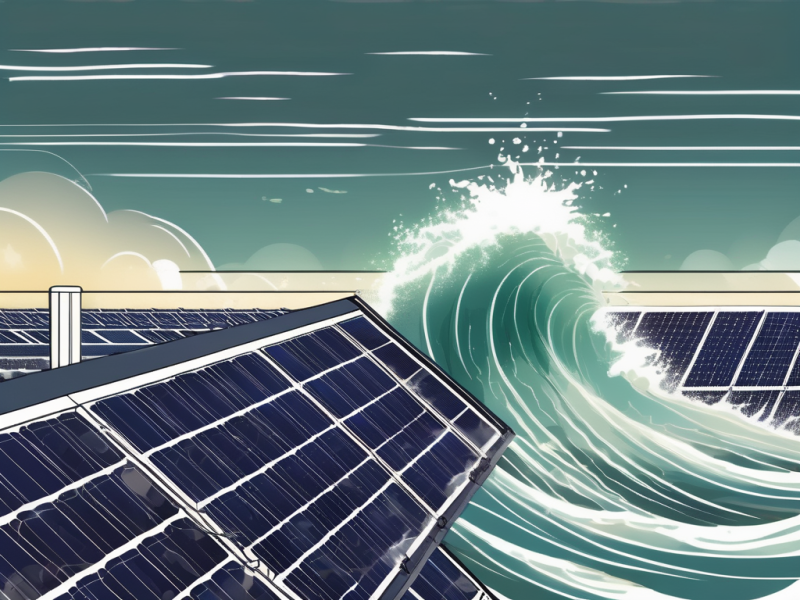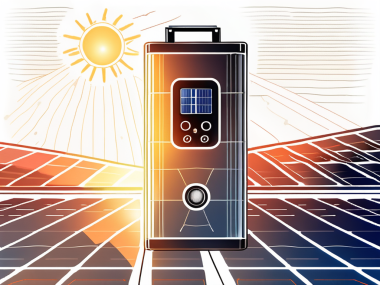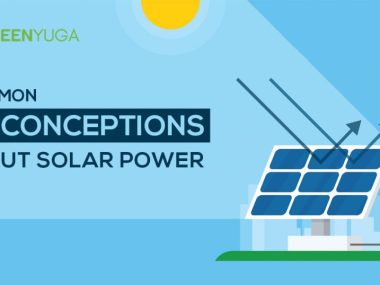Sea and solar energy are two prominent sources of renewable energy that have gained significant attention in recent years. While both aim to provide a sustainable alternative to traditional fossil fuels, there are several crucial differences between the two. This article will explore the basics of sea energy, the various methods used to harness the power of the ocean, and the technology behind solar energy. We will also examine the differences in energy production methods, the environmental impact of each, and the cost analysis between sea energy and solar energy.
Exploring the Basics of Sea Energy
Sea energy, also known as ocean energy, refers to the energy harnessed from tidal currents, waves, and temperature differences in the ocean. The immense power of the ocean has long been recognized, and scientists and engineers have been working on various technologies to capture and convert this energy into usable forms.
Tidal energy, for instance, is derived from the gravitational forces between the Earth, moon, and sun. This energy can be captured using tidal turbines or barrages, which convert the kinetic energy of moving tides into electricity.
Wave energy, on the other hand, is generated by the movement of waves. Wave energy converters are often used to capture this energy, converting the up and down motion of the waves into electricity.
Lastly, ocean thermal energy conversion (OTEC) utilizes the temperature differences between the ocean’s warm surface water and its colder depths. This temperature gradient can generate electricity using a closed-loop system.
One of the key advantages of sea energy is its predictability. Tides, waves, and temperature differences follow natural patterns, allowing for accurate forecasting of energy production. This predictability enables better integration of sea energy into the existing power grid, providing a stable and reliable source of renewable energy.
Furthermore, sea energy technologies have the potential to reduce greenhouse gas emissions and dependence on fossil fuels. By harnessing the power of the ocean, countries can decrease their carbon footprint and move towards a more sustainable energy future.
Other Articles>>>>>>
- How do solar panels perform in different weather conditions?
- Current trends in solar energy adoption globally?
- How do electrical utility companies account for power generated by solar panels
- Solar Irradiance
Harnessing the Power of the Ocean
The methods used to harness sea energy vary depending on the specific form being captured. Tidal energy, as mentioned earlier, involves the installation of turbines in areas with strong tidal currents. These turbines capture the energy from the flowing water and convert it into electrical energy.
Wave energy, on the other hand, is captured using a variety of devices such as oscillating water columns, point absorbers, and attenuators. These devices are strategically placed in areas with high wave energy potential and are designed to capture the kinetic energy of the waves and convert it into electricity.
OTEC systems, on the other hand, use warm surface water to vaporize a working fluid, usually ammonia. The vaporized fluid then drives a turbine, producing electricity. Cold seawater is used to condense the vapor back into liquid form, completing the cycle.
Furthermore, harnessing the power of the ocean for energy production is not only environmentally friendly but also holds great potential for sustainable energy generation. Tidal energy, for example, is predictable and reliable, as tides follow a regular pattern based on the gravitational pull of the moon and sun. This predictability makes tidal energy a stable source of renewable energy that can complement other forms of clean energy.
Wave energy, on the other hand, has the advantage of being more consistent than other renewable energy sources like solar or wind power. Waves are generated by winds blowing over the surface of the ocean, and this constant interaction ensures a continuous supply of wave energy. By harnessing this energy, countries can reduce their reliance on fossil fuels and move towards a greener, more sustainable future.
Understanding Solar Energy Technology
Solar energy, as the name suggests, relies on harnessing the power of the sun. This energy source is captured through the use of photovoltaic (PV) cells, also known as solar panels. These panels are made up of semiconductor materials that convert sunlight directly into electricity through the photovoltaic effect.
Once sunlight hits the solar panels, the photons in the sunlight release electrons from their atoms, generating an electric current. This current can then be harnessed and used to power homes, buildings, and even entire cities.
Solar energy can also be captured using solar thermal systems, which harness the heat from the sun to generate electricity or provide hot water for residential and commercial use. These systems use mirrors or lenses to concentrate sunlight onto a receiver, which then converts the heat into usable energy.
Comparing Energy Production Methods
When comparing the energy production methods of sea energy and solar energy, several factors come into play. One significant difference is the reliability and availability of the energy source. While solar energy relies on the availability of sunlight, which fluctuates throughout the day and depends on weather conditions, sea energy provides a more consistent and predictable source of energy, thanks to the consistent tides and ocean currents. This reliability makes sea energy a more stable option for energy production.
Another difference lies in the energy density of each source. Solar energy has a lower energy density compared to sea energy. This means that larger surface areas are required to capture and convert a significant amount of solar energy. In contrast, sea energy, such as tidal energy or wave energy, can be harnessed from a relatively smaller area with high energy density, making it more efficient in terms of space utilization.
Furthermore, the intermittency of solar energy production poses challenges for grid integration, as excess energy cannot be stored easily. Sea energy, on the other hand, offers more consistent energy production, making it easier to manage and integrate into existing energy grids.
Environmental Impact of Sea and Solar Energy
One crucial aspect of any energy source is its environmental impact. Both sea and solar energy have been touted as environmentally friendly alternatives to fossil fuels. Solar energy produces zero greenhouse gas emissions during operation, helping to reduce the overall carbon footprint.
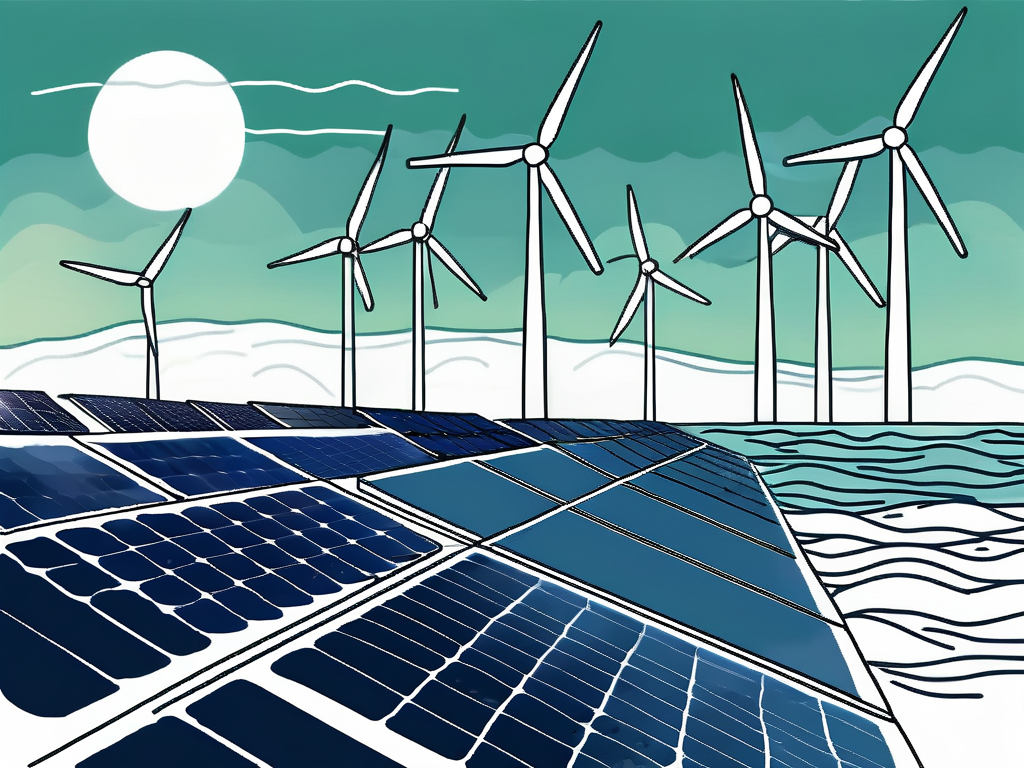
Sea energy, particularly tidal and wave energy, also has minimal greenhouse gas emissions during operation. However, the construction of sea energy systems may have some negative effects on marine ecosystems. It is essential to carefully plan and monitor the installation of sea energy devices to minimize any potential harm to marine life and habitats.
Cost Analysis: Sea Energy vs Solar Energy
Another aspect to consider when comparing sea energy and solar energy is the cost. The cost of solar energy has seen a significant decline in recent years, making it increasingly affordable and accessible. The cost of installing solar panels has become competitive with traditional energy sources, and the return on investment is relatively quick.
On the other hand, sea energy technologies, such as tidal turbines or wave energy converters, are still considered emerging technologies. This makes the initial capital cost higher compared to solar energy. However, as the technology continues to develop and mature, the cost is expected to decrease, making sea energy more economically viable in the future.
Innovations in Sea and Solar Energy
Both sea energy and solar energy technologies are constantly evolving as research and development efforts continue to drive innovations in the field. Efforts are being made to improve efficiency and reduce costs for both sea energy and solar energy systems.
In sea energy, advancements in turbine design and wave converter technology are being explored to increase energy capture and operational efficiency. Additionally, research is being conducted to enhance the durability and reliability of sea energy devices, ensuring their longevity and effectiveness in various ocean conditions.
In the solar energy sector, advancements in PV cell technology aim to increase the efficiency of solar panels, allowing for greater energy production. Research is also focused on developing more cost-effective solar materials and exploring new ways to integrate solar energy into building designs and infrastructure.
Global Adoption of Renewable Energy Sources
The global adoption of renewable energy sources, including sea and solar energy, has seen significant growth in recent years. Governments, businesses, and individuals are recognizing the importance of transitioning to sustainable energy sources to combat climate change and reduce dependence on fossil fuels.
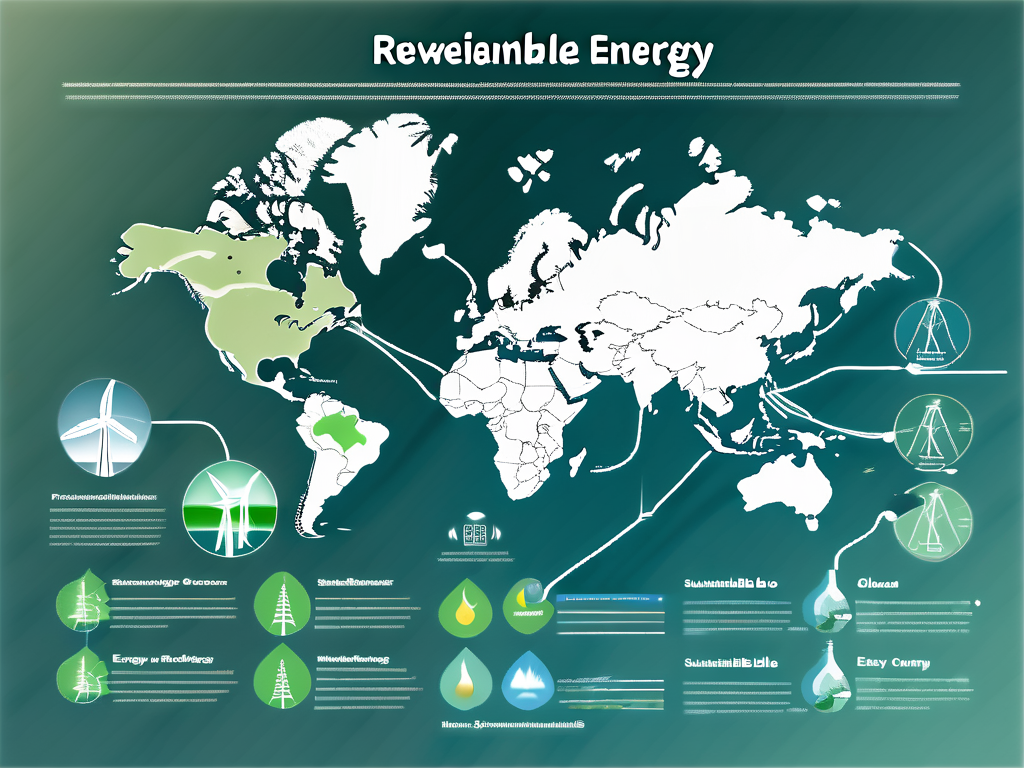
Countries with abundant coastlines and significant solar exposure are leading the way in adopting sea and solar energy. These renewable sources not only provide a clean and sustainable energy supply but also create job opportunities and contribute to economic growth.
Future Prospects for Sea and Solar Energy
The future prospects for sea and solar energy are promising. As technology continues to advance and costs decrease, the adoption of these renewable energy sources is expected to accelerate further.
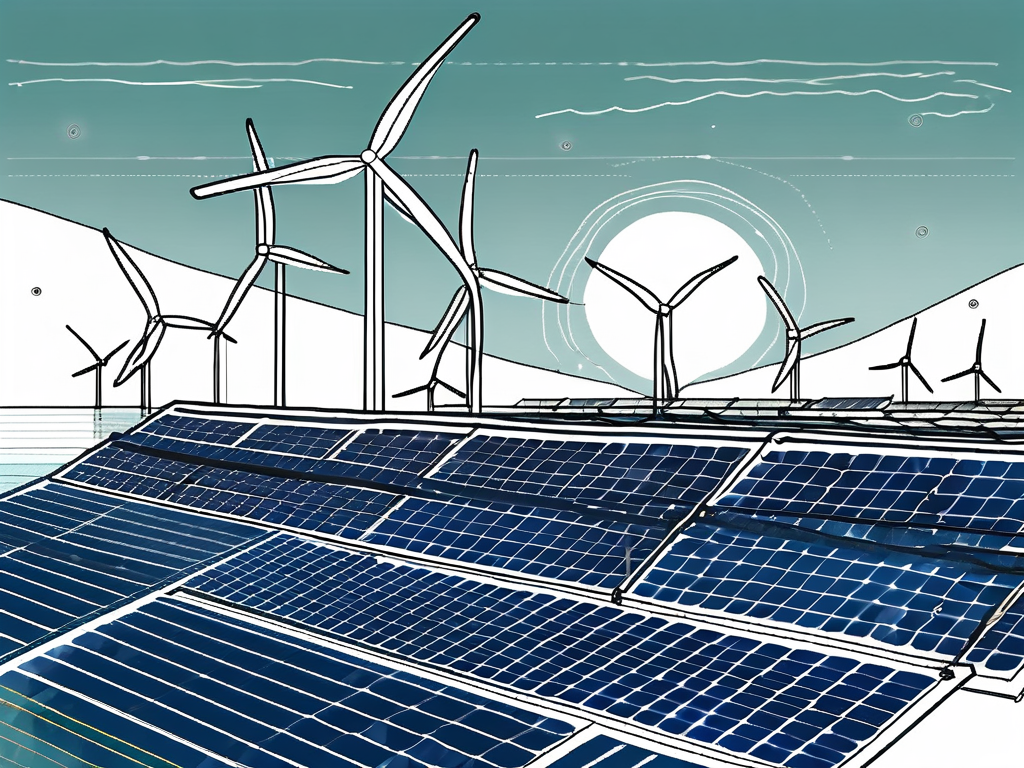
Continuous research and development efforts will lead to more efficient sea energy systems, enabling a greater capacity for energy production from the ocean. Similarly, advancements in solar energy technology will contribute to enhanced energy capture and storage solutions, making solar energy an even more reliable and accessible option.
With the combined efforts of governments, businesses, and individuals, the widespread adoption of sea and solar energy is crucial to achieving a sustainable energy future.
Making Informed Choices for Sustainable Energy
When considering the differences between sea energy and solar energy, it is essential to weigh the various factors discussed in this article. Factors such as reliability, energy density, environmental impact, cost, and technological advancements all play a role in determining which energy source is the most suitable for a particular location or situation.
Ultimately, the choice of adopting sea energy or solar energy will depend on a combination of these factors, as well as the unique requirements and goals of each individual or organization.
By making informed choices and embracing renewable energy sources, we can contribute to a sustainable future and mitigate the impacts of climate change for generations to come.
